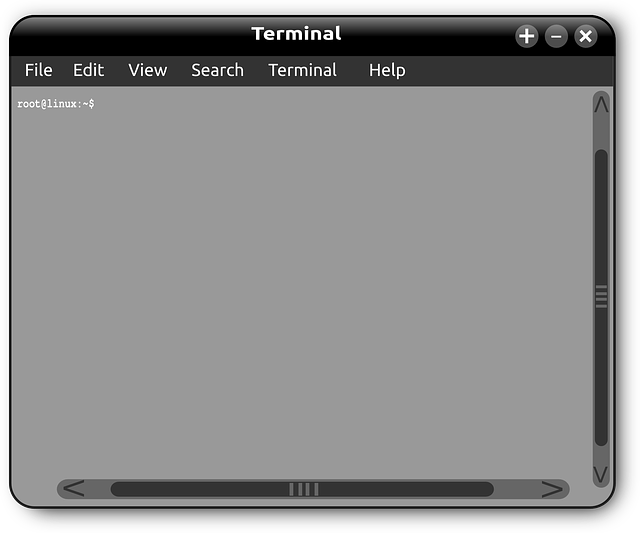Linux newcomers will discover a variety of desktop environments tailored for ease of administration, with Ubuntu's Unity and Linux Mint's Cinnamon standing out for their intuitive interfaces. These environments, including XFCE and LXDE, cater to beginners by offering user-friendly designs and efficient resource management, making Linux administration less daunting. Personalization is crucial for optimizing the computing experience, with options to minimize clutter and enhance focus. Utilizing workspace features within GNOME or KDE Plasma helps organize applications, while custom launchers and essential administration tools pinned to the panel streamline routine system checks. Extensions, widgets, and practical tools like weather and calendar apps can be integrated for quick access to useful information without cluttering the interface. It's imperative to keep your system updated with software and security patches to ensure a secure and stable Linux environment. Tailoring your desktop with these tools and practices creates a personalized, intuitive, and efficient workspace suitable for users of all levels, particularly facilitating Linux administration for beginners and enhancing productivity for experienced users.
Embarking on a journey with Linux can be a seamless experience by selecting a desktop environment that caters to beginners’ needs. This article delves into the most user-friendly options available, ensuring new users navigate the world of Linux administration with ease. We’ll explore essential tips and best practices for customizing your desktop, enhancing navigation, and streamlining workflow management. Whether you’re a novice or an experienced user looking to simplify tasks, these insights will aid in crafting a productive and intuitive computing environment.
- Linux Administration Simplified: Choosing the Most User-Friendly Desktop Environments for Beginners
- Essential Tips and Best Practices for Customizing Your Linux Desktop for Easy Navigation and Efficient Workflow Management
Linux Administration Simplified: Choosing the Most User-Friendly Desktop Environments for Beginners

For those new to the world of Linux, the breadth of available desktop environments can be both a blessing and a challenge. The open-source nature of Linux means that there are numerous user-friendly options designed to simplify Linux administration for beginners. Among these, Ubuntu’s Unity and Linux Mint’s Cinnamon stand out for their intuitive interfaces and straightforward navigation. Unity, with its clean design and HUD (Head-Up Display) feature, allows users to perform tasks without navigating through multiple menus. This streamlined approach to computing is complemented by a range of built-in applications and system tools that are easy to use and manage, making Linux administration tasks less daunting for novice users. Similarly, Cinnamon offers a more traditional yet customizable desktop experience with a familiar window management system, clear application layouts, and a user-friendly settings menu, which is particularly helpful for those transitioning from Windows or macOS environments. Both Unity and Cinnamon are tailored to enhance productivity without overwhelming users with complexity, thus making Linux administration more accessible and approachable for beginners. When selecting the most suitable desktop environment, it’s important to consider the balance between usability and functionality. Desktops like XFCE and LXDE are also excellent choices for those seeking a lightweight yet user-friendly experience, with a focus on efficiency and resource management that can be ideal for older or less powerful hardware. Ultimately, the choice of desktop environment will depend on individual preferences and specific needs, but each of these options serves as a stepping stone to mastering Linux administration in a beginner-friendly manner.
Essential Tips and Best Practices for Customizing Your Linux Desktop for Easy Navigation and Efficient Workflow Management

Customizing your Linux desktop can significantly enhance your computing experience, especially for beginners seeking to streamline their workflow and navigate their system with ease. To begin with, prioritize simplicity in your desktop environment; choose a layout that’s clean and uncluttered. Utilize the workspace feature available in most modern desktop environments like GNOME or KDE Plasma to organize your applications effectively. This allows you to dedicate specific screens for different tasks, improving focus and productivity.
Incorporate Linux administration tools into your desktop setup by pinning them to the panel or creating custom launchers. Tools such as System Monitor, Disk Usage Analyzer, and Terminal can be easily accessed for routine system checks and maintenance. Additionally, employing extensions or widgets that display system information at a glance can help you stay informed about your system’s health without deep-diving into the command line constantly. For instance, integrating a weather widget or a calendar app enhances your workspace by providing relevant information quickly, thus maintaining an efficient workflow. Regularly updating your software and applying security patches is also crucial for maintaining a robust and secure Linux environment. By customizing your desktop with these user-friendly tools and best practices in mind, you can create a personalized and intuitive computing space that caters to both beginners and advanced users alike.
Navigating the world of Linux administration can be a seamless experience with the right desktop environment. For beginners, selecting an intuitive and accessible interface is key to a positive introduction to Linux. This article has highlighted the most user-friendly options available, ensuring that novice users can customize their desktops effectively for easy navigation and efficient workflow management. By adhering to the essential tips and best practices outlined, beginners can confidently embark on their Linux journey, with the potential to grow into more complex systems as their skills advance. A user-friendly desktop environment is not just a starting point but a foundation for a lasting relationship with Linux administration.


























